I want you to think about your favorite scene from your favorite movie. Can you tell me how many characters are in the scene? Can you describe to me what they’re doing? Now, can you also tell me where the scene takes place? Of course you can. A film’s setting helps define that film’s story. It gives the audience an idea of the type of story they’ll be watching and often even becomes a character in the film.
Need an example before we get into the nitty-gritty of scouting for locations?
Take a look at this trailer for Woody Allen’s Manhattan.
Now take a look at the trailer for Martin Scorsese’s Mean Streets.
Both Directors are synonymous with New York, both movies are set in New York, but the stories are very different and their locations reflect this.
There are two kinds of Film Locations:
- A Stage: A stage is basically a building where you can build your sets. The benefit to this option is that you have complete control over the environment and actual structure of the set. A wall can be moved so that a camera can be placed to get a certain angle.
Have you seen Room yet? This Academy Award nominated film’s main location is not only the title of the movie but is also a built set.
Check out this featurette with the Production Designers talking about they created Room.
- A Practical Location: Often referred to as just a Film Location, this means that the filmmaker shoots in an actual existing location. The scene is set in a house, you film in a house. Low budget/independent filmmakers often utilize this option because it can actually be less money to shoot in a local location and dress it (meaning make it look the way you want) than to rent a stage. There’s also an added authenticity for the audience; they know that what they’re seeing actually exists.
Here’s the trailer for another Academy Award Nominated film, only this one was shot on location.
To the less trained eye, a Film Location is simply the place that a film (or television show) is filmed, but a specific location can really add depth to a story. However, this doesn’t mean that a location should dictate the story. In the case of The Storyteller, Writer/Director Joe Crump and Writer/Producer Rachel Noll found a balance between using locations to fuel their ideas and letting their ideas inspire their locations.
We didn’t restrict the story too much in our first drafts, we let it flow organically and then went back and tailored locations to fit places we knew we could get once we moved into the early stages of pre-production. We did try to keep conscious of not using too many locations or anything that would be hard to find. We kept the story simple and the locations as well. – Rachel Noll, Producer of The Storyteller
Once the script is written, production is tasked with finding suitable locations. There are many factors, both logistical and creative, that a filmmaker should keep in mind when choosing the locations.
The first step is to decide where you are going to film the project.
Did you know?
Many states offer production benefits for companies to shoot in their state/locations? These benefits can include Tax Credits, Cash Rebates, Sales Tax and Lodging Exemption and/or Fee-Free Locations.
- Tax Credits: When a production company works in a specific state, they will have to pay an income tax back to the state. If a production company meets the minimum spending requirements as determined by that state, then they (the production company), will qualify for a tax credit. This means that a portion of the income tax will be given back to the production company. On big productions, this can end up being rather large amounts.
- Cash Rebates: These are similar to tax credits in that money are given back to the production company. However, a cash rebate is based on the production company’s expenses.
- Sales Tax & Lodging Exemption: A state will try to entice a production company to film there by offering an exemption from both sales and lodging taxes.
- Fee-Free Locations: It’s important for any filmmaker to know that government owned locations are often offered for no cost.
Remember – These benefits vary by state so it’s important to do the research and compare your production needs and constraints with the offers provided by each. Here’s a great website that compares state incentives!
Understand that tax incentives offer options, but should not solely dictate where the filmmaker decides to shoot their film. The Storyteller will be shot in Indiana, a state that does not offer incentives. This may seem like a disadvantage, but shooting in a state that doesn’t regularly have production companies shooting can be very welcoming, especially when compared to places like Los Angeles and New York.
Everyone I have spoken to has been so excited and generous. Everyone wants to be a part of a movie out there because they have not been over saturated. Its still exciting. We have gotten such a tremendous positive response from the locations and the owners of the businesses we approach offering us all kinds of things and saying they are honored we thought of them. It’s been really heart warming. – Rachel Noll, Producer of The Storyteller
Once you’ve picked the state you’ll be shooting in, it’s time to start looking for specific locations. A Location Scout can be very helpful at this point. The production company will employ them to find a number of possible locations and present those decisions to the filmmakers. The benefit of having a location scout is that they know the area you’re shooting in and deal with location managers all the time. It can especially help when the production company isn’t local.
We are currently looking to bring on a local location scout to help us with our final house location, because its really specific in terms of what we need it to accomplish for us – multiple locations as well as crew lodging – and since I am based in LA it would be very helpful to have another pair of boots on the ground in Indy to help us find some options. Our UPM is currently vetting some location scouts for us. – Rachel Noll, Producer of The Storyteller
The Key Criteria when looking for location is to know what you are looking for and be aware of your shooting schedule. The filmmaker has to have a vision for the film to understand if the scouted location will help bring the film to life. In addition, you have to understand how shooting in that location will fit into the entire production schedule. The filmmakers of The Storyteller have been sure to keep this in mind.
Joe has had a pretty clear vision in his mind of local spots in Indianapolis that he wants to use, so we always go there first… We are very aware of our time limitations on a three week shoot, and so the more locations we can find that are within close proximity to each other, or can serve as multiple locations, the better off we are. It’s also important that they look and feel like the world we are trying to create. – Rachel Noll, Producer of The Storyteller
Other criteria to remember when scouting locations:
- Lighting: What does the location look like during the time that you’ll be filming? It’s important for your DP to know their canvas. Understanding how light enters a building will inform how the DP lights the scene and even what kind of equipment is needed.
- Power supplies: Are there enough power outlets for your equipment? If not, are you going to need to rent a generator?
- Outside noise: Sound should NEVER be underestimated. Is the building near any kind of airfield? If so, your days will be filled with “holding for sound” until the plane finishes flying overhead.
- Parking: How large is your crew? Is there enough nearby parking? Is it free or will you have to pay? Will you need a permit to park on the street?
Depending on what locations are available, it is possible that your story will change. This is something The Storyteller has had to deal with first hand.
Small adjustments in the script have been made as we began to understand the logistics of the various spaces. Nothing major though. At least not yet. There was one scene we had written to take place at a pond when we thought we had a certain house location with a pond out back. This location fell through, and so we adapted the scene to be in a park we are already shooting another scene in. Small modifications like that. – Rachel Noll, Producer of The Storyteller
Permits, permits, permits.
Once a location has been selected, it needs to be secured. Obtaining a Film Permit is a key part of the process. Issued by the state government, a film permit authorizes the production company to film in the desired location (state owned or otherwise). The requirements for obtaining a film permit are different for each state and usually include: providing location details, date and time of filming, a description of the scene and if there are any stunts involved. In order to obtain a permit, the production company will also have to pay a fee and provide proof of production insurance.
We are too far out to begin obtaining permits – and actually, Indiana doesn’t require permits in the same way California does unless you are closing down a major street, which we are not. We have tentatively secured the majority of our locations already, but will not be able to formally lock them down until we have a locked shooting schedule, which our AD is working on now and we hope to have finished in the next few weeks. – Rachel Noll, Producer of The Storyteller
Join us next time when we discuss Script Coverage, Screenwriting Contests and The Blacklist: What is it and what’s it good for? Until then, here’s the trailer for an Academy Award Nominated film set in Australia – but filmed on location in Namibia!


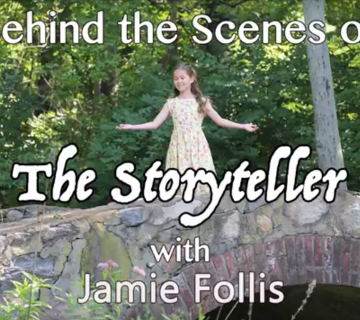
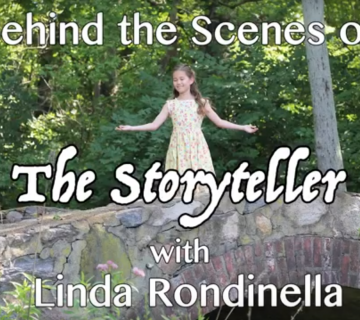

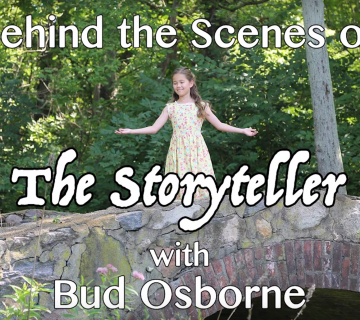
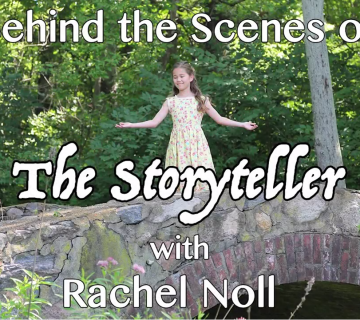
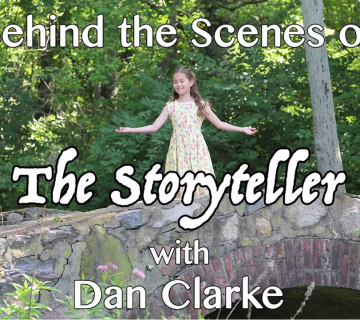

Join the Conversation →